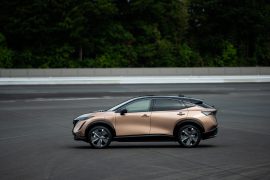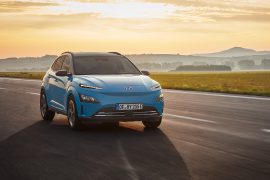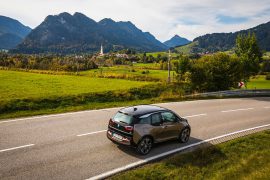So there it is, Daimler’s beacon of hope. The electric GLA-Class was presented by a rather young team and personalities from the social media scene, among others. None of them are proven electric professionals, which is why the statements here and there left a certain frown on the face. The scripted influencers told us that the car was incredibly quiet on the road – one would hardly expect anything else from an electric car. More often, the influencers’ hyped presentation makes you wonder “whiskey tango foxtrot”. We’re probably just old-fashioned, but prefer a slightly stuttering CEO now and then in front of a black background and video screen.
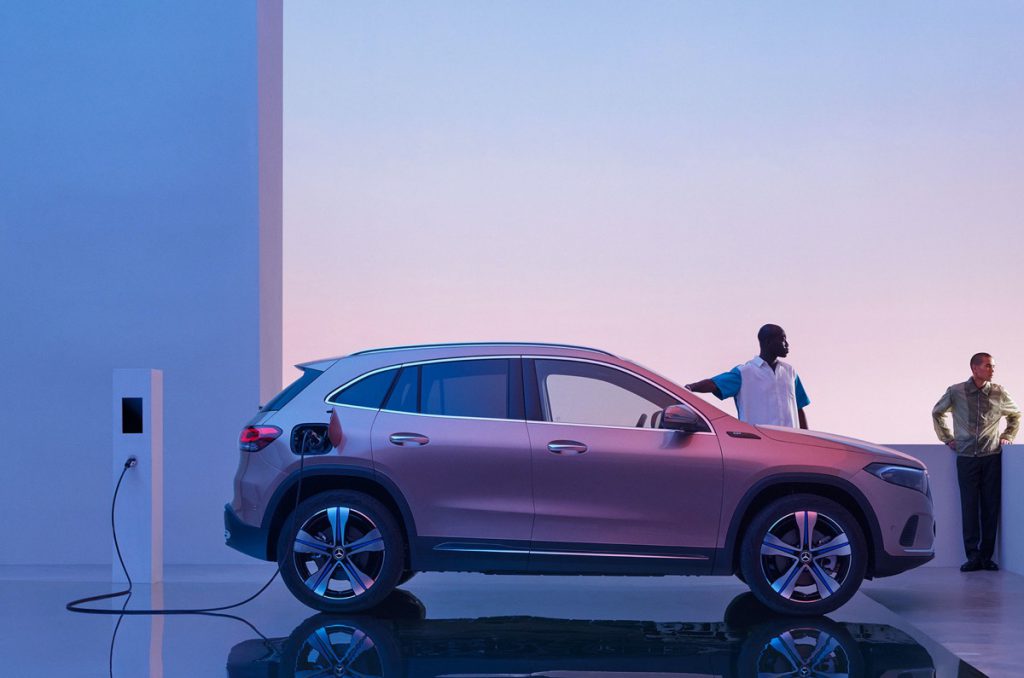
Butter by the fishes: is the EQA competitive?
That will only become clear after a test drive. In fact, the small electric Benz enters the race with a proud and extremely self-confident chest. At least the key figures promise a certain competitiveness: 66.5 kWh battery, front-wheel drive with 140 kW (around 190 hp) of power and a torque of 375 Nm. These are not really outstanding values for an electric car, but they are certainly promising. A Hyundai Kona, although somewhat smaller at around 4.2 metres, has hardly worse values. And to anticipate the burning question: with a starting price of 47,550.50 euros (before subsidies), the EQA 250 is no bargain either, because the list of surcharges, as we have learned over the years, is quite long at Daimler.
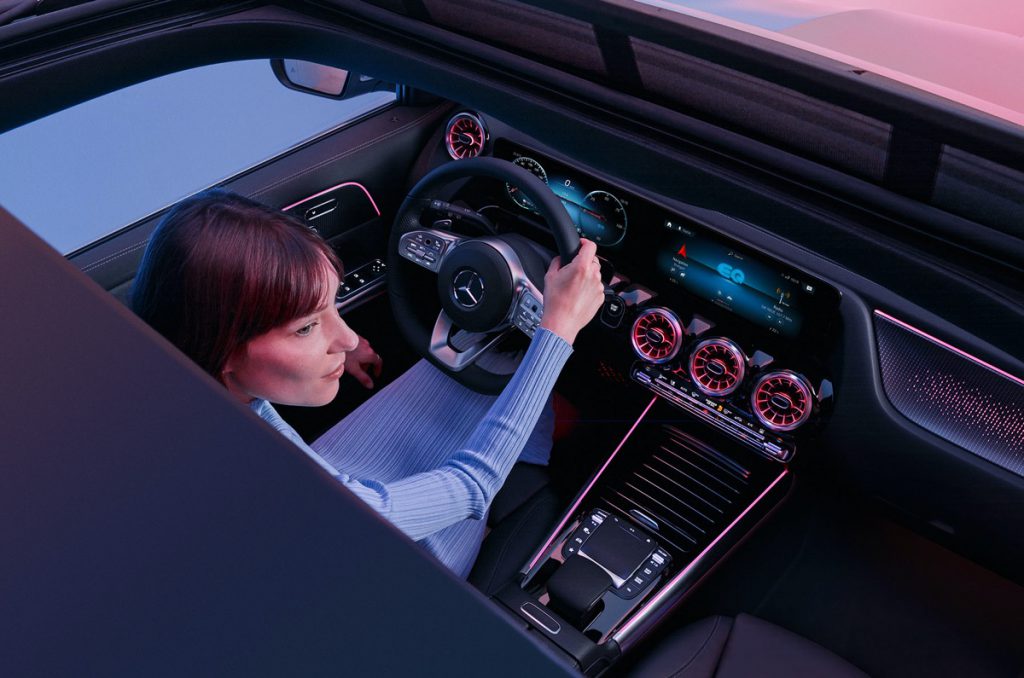
Design
No experiments. The EQA is nothing more than a somewhat spruced-up GLA. This makes it clear that the car, just like its big brother, the EQC, has to contend with certain adversities from the world of combustion engines. For example, there will probably be no frunk here either. This seems to be the case with German premium manufacturers, like the cup holders in the old days. The German versions were also very slow to catch on. The interior makes a high-quality impression, just as we have come to know and appreciate in the EQC. With a length of 4.46 metres, the EQA is of course somewhat smaller than its big brother, but the (optional) equipment includes all the gimmicks of the luxury class. With full equipment, this is not likely to come cheap.
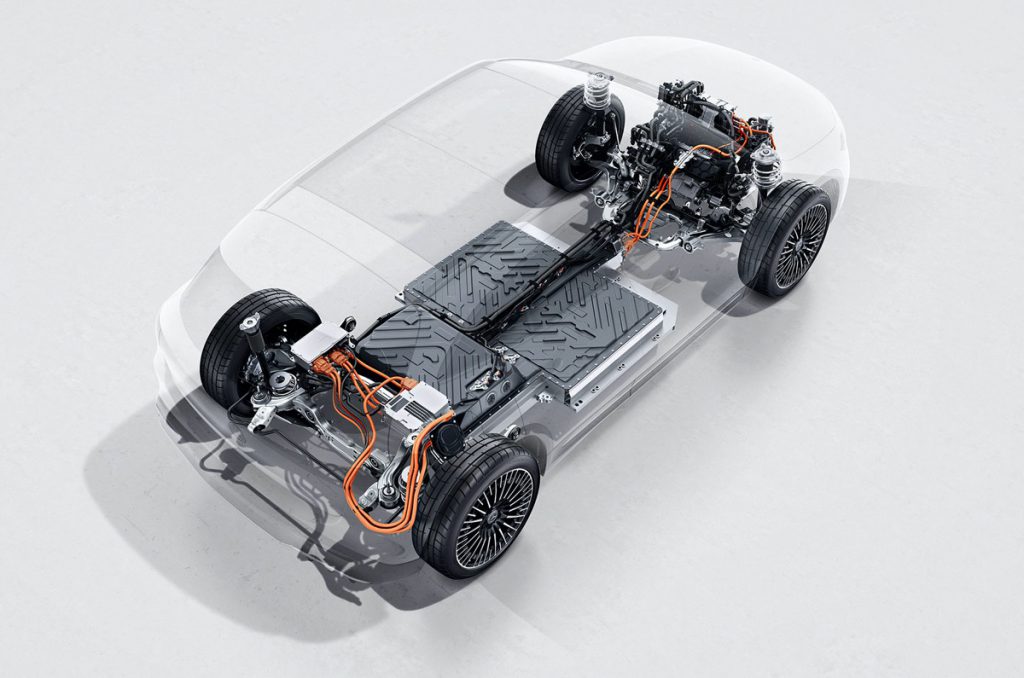
Technology and more
At the presentation, it was emphasised that the car comes with a heat pump as standard. With this and the reference to the eSUV’s “wind resistance” (cd value of 0.28), the increased efficiency of the newcomer is also evoked. And it should be more efficient than its big brother, because at just over 2 tonnes, the weight of the “little” Benz is well above the class standard. With a WLTP range of 420 kilometres and an average consumption of 15.7 kWh, the company wants to document that it has caught up with the electric vanguard. Daimler even goes so far as to state an “NEDC” range of 486 kilometres. How much is left in reality remains to be “experienced”, but we expect it to be well under 400 kilometres.
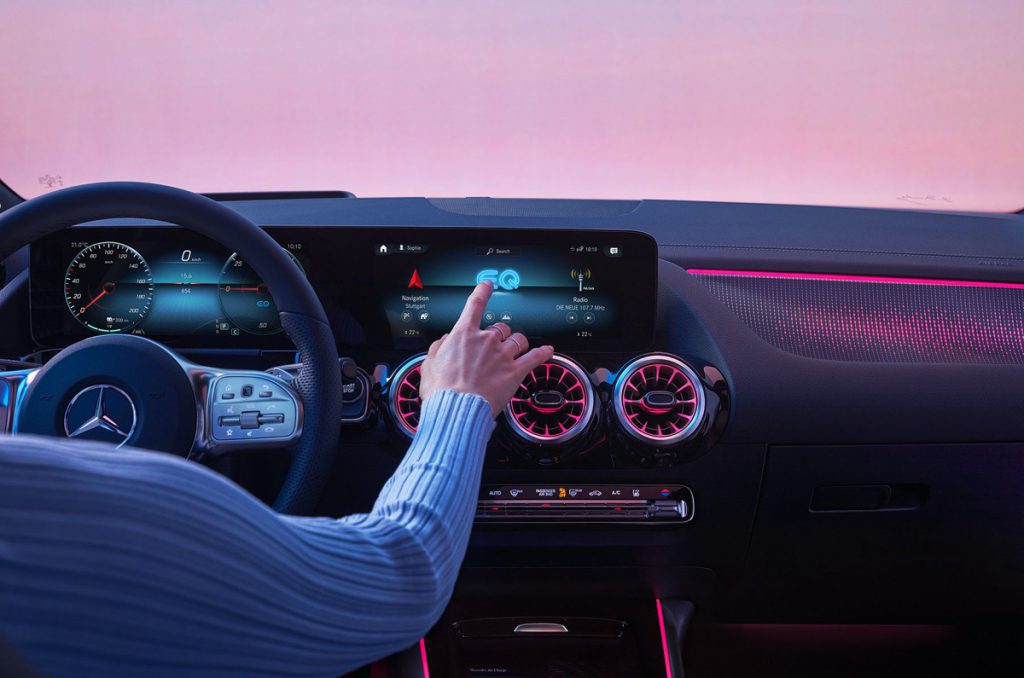
The trappings
How do I charge the Stromer, and where? Questions that naturally become important at Daimler, in contrast to Tesla’s disdainful US competition. They have their own fast-charging network that can charge the vehicles at lightning speed. Daimler is part of the IONITY network, so naturally there are not so many stations. Direct current charging is supposed to be possible with a maximum of 100 kW and alternating current charging is possible with 11 kW. The big brother was not able to do that at first. However, DC charging is a suboptimal value compared to the purchase price.
The top speed of the eSUV is supposed to be the class-standard 160 km/h. For those who expect a bit more power, Daimler has announced an all-wheel-drive version with 200 kW (270 hp) and a larger battery. The basic version will probably cost more than a well-equipped Tesla Model Y Performance.
e-engine says: no surprises from Mercedes, but theoretically a solid Stromer that at least makes it easier to get started in Mercedes electromobility, brand “the best or nothing“. After subsidies, the EQA 250 costs just under 39,000 euros. However, the competitors are hardly less attractive. At around 48,000 euros in the basic version, the EQA competes directly with the barely more expensive VW ID.4, the cheaper VW ID.3, the beautifully designed Škoda ENYAQ and, of course, the usual suspects from Korea.
Although a Hyundai Kona doesn’t shine as brightly, its inner values and proven efficiency are hard to beat, and the IONIQ line will be debuting soon. That leaves Tesla. The Model Y Long Range Plus starts at around 58,000 euros, but has (almost) everything possible on board. A well-equipped EQA will cost about the same, except that Tesla delivers benchmarks that will make the new EQA look old when it comes out. It will not be easy for the EQA 250. The market launch is, and this is a novelty, already on 4 February.
Text: Bernd Maier-Leppla
Pictures: Mercedes

